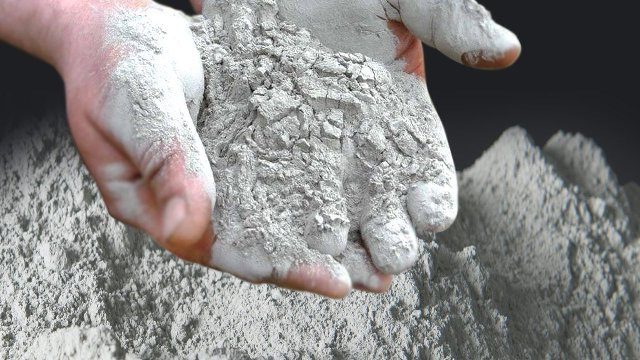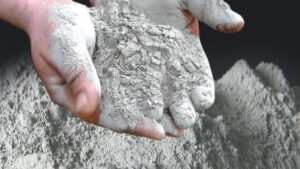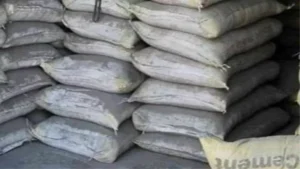
 Cement is what Government has been using to build and repair up roads with a push towards the growth of the country in the aspect of infrastructure, and that has been seen increasing by 8% in the financial year 2023. It is estimated that the number is going to increase by 9% more in the financial year 2024, giving the sector a five-year annual growth rate of 4.5%.
Cement is what Government has been using to build and repair up roads with a push towards the growth of the country in the aspect of infrastructure, and that has been seen increasing by 8% in the financial year 2023. It is estimated that the number is going to increase by 9% more in the financial year 2024, giving the sector a five-year annual growth rate of 4.5%.
The cement industry is one of the eight core industries in India at the current time, with an extensive growth rate of 28.3 percent, according to the Statista. The market size of Indian cement will be about 8 million tonnes in 2022. India is also known as second largest producer of cement in the world, amounting for more than 7% of global capacity altogether.
India has a total of 210 large cement plants, of which 77 are in Andhra Pradesh, Rajasthan, and Tamil Nadu. Nearly 32% of India’s cement production capacity is based in South India, 20% in North India, 13% in Central, 15% in West India, and the remaining 20% is based in East India.
In 2021, the production of cement stood at 269 million tons and in 2022, the production of cement stood at 356 million tons. It is seen that by the end of the 2023, production of cement will be closed at 380 million tons reported by Care Advisory and Research.
Tanvi Shah, Director, Care Advisory said, “The cement industry is expected to see a continued uptrend in volume growth in the near term. In FY23, the volume growth is expected to be around 8-9 per cent owing to renewed demand in the housing and infrastructure segment coupled with the government’s continued focus on infrastructure development in light of Central elections in 2024. Despite the uptrend in consumption, the profitability of the cement players is expected to decline by 400-500bps in FY23 due to elevated power and fuel cost.”
According to India Ratings, which has a neutral outlook for the sector for the year, recovery in profitability despite the inflationary pressure and healthy balance sheets will keep the sector in good steady growth rate.

Two main reasons for the key growth drivers in cement industry are, first, the infrastructure (roads, buildings) by government since the past three election years, which has multiplied the GDP by 1.5 times on an average. Second, the estate agencies, affordable housing, commercial construction, industrial construction, and agriculture sector, which are growing day by day with the population in the country.
It is expected that the rising demand for the construction of institutional buildings for the education and healthcare sectors will grow the market immensely in the coming years. India’s healthcare sector is experiencing strong growth, which, in turn, is expected to benefit from the increase in growth in the coming years.
Cement prices have already seen a hike of 1.7% in the first half of April and are expected to close at 2.3% at the end of April.
Here are some Indian cement companies with their annual growth rates for the years 2021-2022:
Ambuja Cement – 28,173 crores.
UltraTech Cement – 454,723 crores.
J.K.Cement – 262,000 crores.
Dalmia Bharat Ltd – 138,000 crores.
Shree Cement Ltd – 139,472 crores.
In September 2022, The Adani Group, acquired Ambuja Cements and its subsidiary ACC Ltd. from Switzerland’s Holcim Group for USD 6.5 Bn. With this acquisition, Adani Group became the second-largest cement maker in the country.
According to Economic Times, shares of top 10 companies increased to 71 percent in financial year 2023 from 69 percent in financial year 2020, and they are likely to increase further in the next couple of years.



